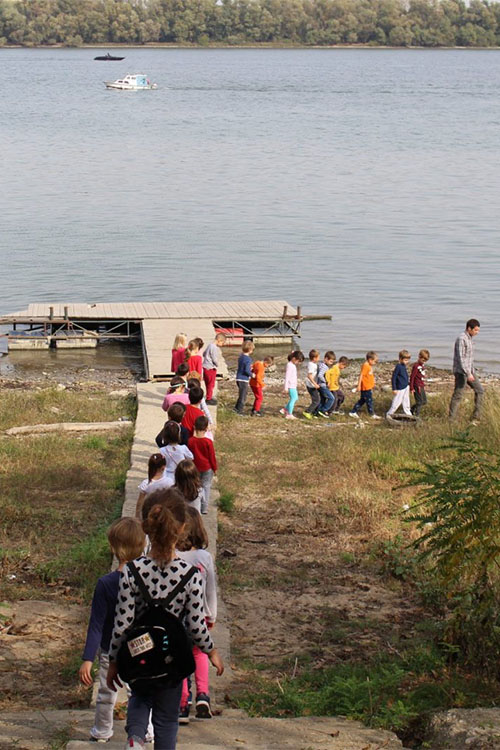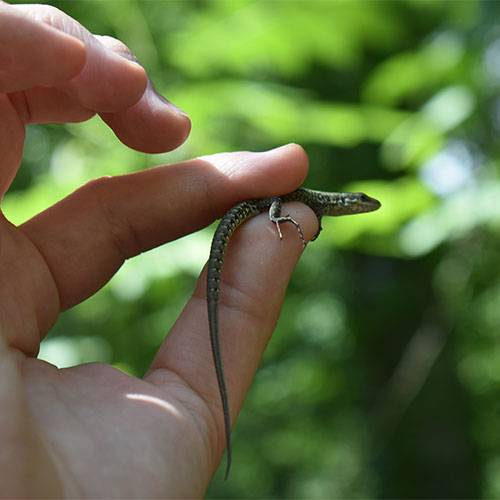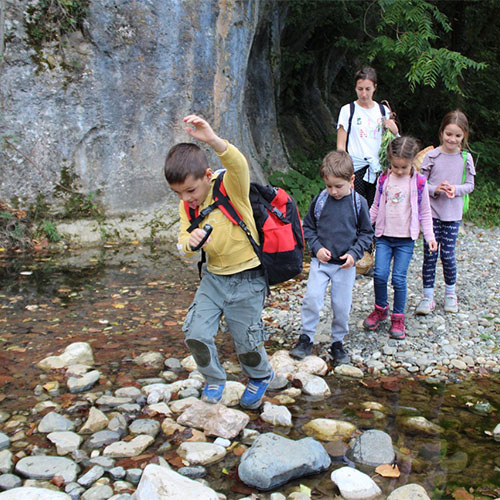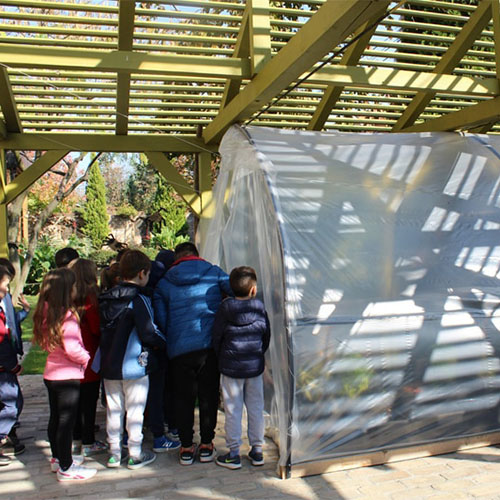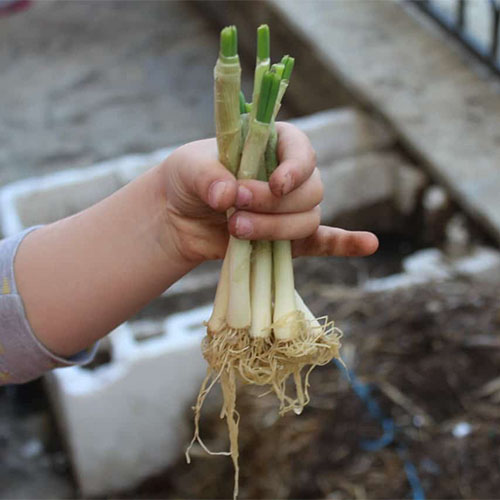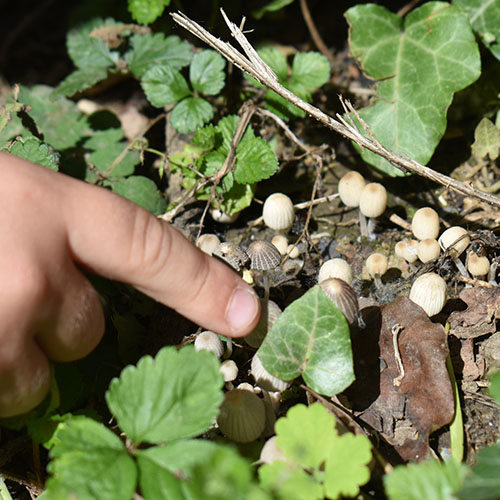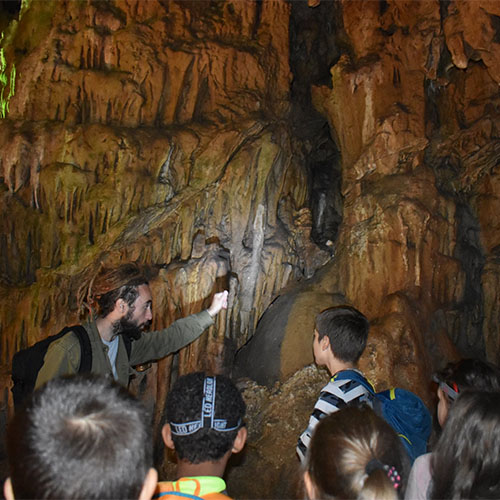Natural spaces all have their own individuality. They are unrepeatable, unique, and connected as networks and systems. During lessons in nature, children see the causes and consequences of processes and connections between phenomena, which encourages thought processes and cognitive development.
Nature, the largest open classroom, where the child acts with all their sensory systems activated. Like a vast sensory classroom, the classroom without walls contributes to general psychophysical development, creation of neural connections in the brain, and children’s attentional and concrete thinking faculties, creating the ground for acquiring abstract concepts.
